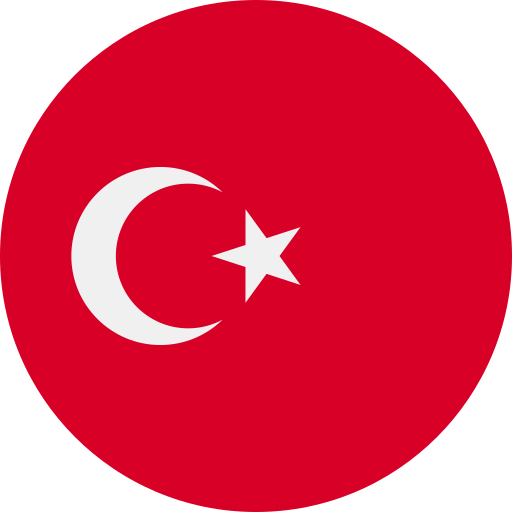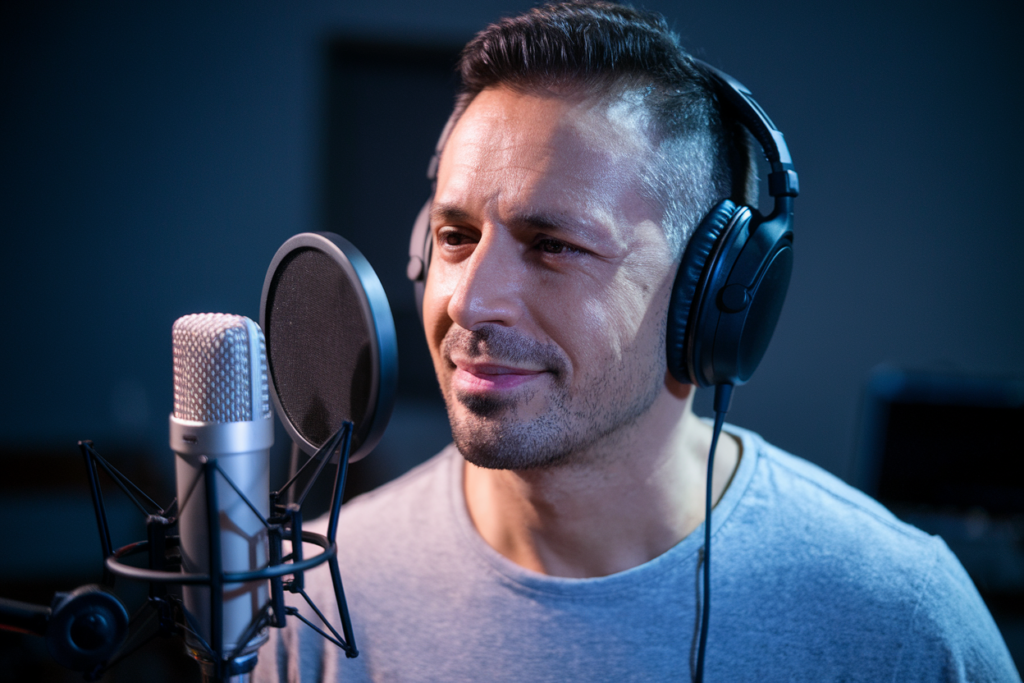Key Takeaways
- Gagauz is recognized as a unique language, not merely a dialect, primarily spoken by the Gagauz people in Moldova and Ukraine.
- It belongs to the Turkic language family and exhibits distinct phonetic characteristics, grammar rules, and vocabulary influenced by neighboring languages like Russian and Romanian.
- The syntax of Gagauz typically follows a Subject-Object-Verb (SOV) structure, differing from English’s Subject-Verb-Object (SVO) format.
- Historical context reveals that Gagauz developed from the Oghuz branch of Turkic languages and has evolved through cultural interactions over centuries.
- Gagauz serves as an essential part of cultural identity for its speakers, fostering community ties and preserving heritage through literature and arts.
- Comparisons with Turkish and Romanian highlight both the shared linguistic roots of Gagauz as well as its unique features shaped by regional influences.
Ever wondered if Gagauz is just a dialect or a unique language? You’re not alone. This question sparks curiosity among linguists and language enthusiasts alike, as it touches on cultural identity and communication.
Overview of Gagauz Language
Gagauz serves as a unique language spoken by the Gagauz people, primarily in Moldova and parts of Ukraine. It belongs to the Turkic language family, distinguishing it from many surrounding Slavic languages. Understanding this context highlights its importance in cultural identity for those who speak it.
Gagauz features distinct phonetic characteristics and grammar rules that set it apart from dialects of other languages. For instance, it employs vowel harmony, typical in Turkic languages, which influences how words are formed and pronounced. Vocabulary often includes loanwords from Russian and Romanian due to historical interactions with these cultures.
The syntax of Gagauz typically follows a Subject-Object-Verb (SOV) structure, differing from the more common Subject-Verb-Object (SVO) format found in English. This structural variation can pose challenges for learners but also enriches the linguistic tapestry within the region.
Despite being classified as a minority language, Gagauz holds significant value among its speakers. It acts as a vehicle for cultural expression and community cohesion. Efforts continue to promote its use in education and media, fostering pride among younger generations while preserving their heritage.
Recognizing Gagauz as a unique language rather than merely a dialect emphasizes its role in shaping identity and communication within the Gagauz community.
Historical Context of Gagauz
Gagauz holds a rich historical background that shapes its status as a unique language. The Gagauz people, mainly located in Moldova and parts of Ukraine, trace their roots back to the 13th century. They descended from various Turkic tribes and settled in these regions during significant migrations. This historical context underlines Gagauz’s identity and development over centuries.
Origin and Development
Gagauz developed from the Oghuz branch of Turkic languages, sharing linguistic features with Turkish and Azerbaijani. Its evolution reflects influences from neighboring Slavic languages due to geographic proximity. By the 19th century, Gagauz began gaining recognition as distinct in written form, primarily through folk literature and oral traditions. These developments contributed to establishing a sense of cultural pride among speakers.
Influence of Other Languages
The Gagauz language showcases considerable influence from Romanian, Russian, and Bulgarian languages because of historical interactions within the region. Borrowed vocabulary enriches Gagauz but maintains its Turkic foundations. This blending illustrates not only linguistic adaptation but also cultural exchanges over time. The result is a vibrant language that embodies both heritage and contemporary influences, fostering community cohesion among speakers today.
Linguistic Features of Gagauz
Gagauz displays unique linguistic characteristics that set it apart as a distinct language within the Turkic family. Understanding these features reveals the complexity and richness of Gagauz, highlighting its significance among speakers.
Phonetics and Phonology
Gagauz exhibits a range of phonetic traits that contribute to its identity. The language employs vowel harmony, a common feature in Turkic languages, where vowels within a word harmonize to be either front or back. This characteristic influences pronunciation and word formation. Consonants in Gagauz include voiced, voiceless, aspirated, and unaspirated sounds, creating a dynamic sound system. Additionally, stress typically falls on the last syllable in words, affecting rhythm and intonation patterns during speech.
Grammar and Syntax
Gagauz grammar shows several distinctive features that differentiate it from neighboring languages. It follows an SOV (Subject-Object-Verb) structure, contrasting with the more familiar SVO (Subject-Verb-Object) order found in English. This syntactical arrangement often leads to longer sentences with varied clauses while allowing flexibility in emphasizing certain parts of the statement. Noun cases play an essential role in indicating grammatical relationships between words; Gagauz includes six cases: nominative, genitive, dative, accusative, locative, and ablative.
In terms of morphology, agglutination is prevalent—affixing multiple suffixes to base words creates new meanings or grammatical functions efficiently. For example, one root can expand into various forms by adding appropriate endings for tense or case distinctions.
These linguistic features illustrate how Gagauz serves not only as a means of communication but also as an expression of cultural identity for its speakers.
Gagauz in Cultural Context
Gagauz holds a significant place in the cultural identity of the Gagauz people. As a primary means of communication, it fosters community ties and enhances a shared sense of belonging among speakers. The language’s unique characteristics contribute to its role as an essential marker of cultural heritage.
Significance in Gagauz Identity
Gagauz embodies the history and traditions of the Gagauz people. Speaking this language connects individuals to their ancestry, reflecting their Turkic roots while also showcasing influences from neighboring cultures like Romanian and Russian. For many, using Gagauz is more than just conversation; it’s an expression of pride in their heritage. It reinforces collective identity and offers a way to celebrate unique customs, folklore, and everyday experiences that define the Gagauz way of life.
Role in Literature and Arts
Literature and arts play a vital role in preserving and promoting Gagauz culture. Through poetry, storytelling, and music, artists express emotions tied to their experiences as members of the Gagauz community. Written works often explore themes such as love for homeland, family bonds, and historical struggles faced by the Gagauz people. By engaging with these artistic forms, you can discover rich narratives that not only entertain but educate about the nuances of life within this vibrant culture. These creative expressions ensure that even future generations maintain strong connections to their linguistic roots while adapting to contemporary influences.
Comparison with Other Languages
Gagauz exhibits unique characteristics that differentiate it from other languages, particularly within its linguistic family.
Gagauz vs. Turkish
Gagauz and Turkish share a common ancestry in the Oghuz branch of Turkic languages. Both languages display vowel harmony, which helps create a melodic flow in speech. However, Gagauz has distinct phonetic features and vocabulary influenced by Slavic languages due to geographical proximity. While Turkish follows a Subject-Verb-Object (SVO) structure, Gagauz adheres to a Subject-Object-Verb (SOV) format, allowing for variations in sentence construction. Despite these differences, both languages maintain agglutinative properties that facilitate the creation of complex words through suffixes.
Gagauz vs. Romanian
Gagauz is heavily influenced by Romanian due to historical interactions between the two cultures. Many loanwords from Romanian appear in everyday Gagauz speech, reflecting this influence on daily communication. In contrast to its Turkic roots, Gagauz incorporates elements of Romanian grammar and syntax but retains its core SOV structure. This blending showcases how cultural exchanges can enrich a language while maintaining its original identity.
These comparisons highlight how Gagauz functions as both a unique language within the Turkic family and as an entity shaped by the rich tapestry of regional influences.
Conclusion
Understanding Gagauz as a unique language rather than just a dialect is crucial for appreciating its cultural significance. It’s more than a means of communication; it’s a vessel for the rich history and identity of the Gagauz people. As you explore Gagauz, you’ll uncover its distinct phonetic traits and grammatical structure that set it apart from neighboring languages.
The ongoing efforts to promote and preserve Gagauz are vital for the younger generations who carry this heritage forward. By valuing their language, you’re contributing to the survival of a unique cultural legacy that blends tradition with contemporary influences. Ultimately, recognizing Gagauz’s uniqueness enriches your understanding of linguistic diversity and cultural expression in today’s world.
Frequently Asked Questions
Is Gagauz a dialect or a distinct language?
The debate over whether Gagauz is a dialect or a distinct language centers on its unique phonetic and grammatical features. While it shares roots with other Turkic languages, Gagauz’s specific characteristics, such as its SOV syntax and vowel harmony, classify it as a distinct language.
Where is the Gagauz language spoken?
Gagauz is primarily spoken by the Gagauz people in Moldova and parts of Ukraine. It serves as an important cultural identifier for these communities, helping to preserve their heritage and traditions.
What are the linguistic features of Gagauz?
Gagauz has several unique linguistic features including vowel harmony, agglutination, and six noun cases. Its Subject-Object-Verb (SOV) structure allows for flexible sentence construction that differs from many surrounding languages.
How does Gagauz relate to other languages?
Gagauz shares ancestry with Turkish through the Oghuz branch of Turkic languages but incorporates significant influences from Romanian and Slavic languages. This blending creates a rich linguistic tapestry while maintaining its Turkic roots.
Why is Gagauz important for cultural identity?
For the Gagauz people, speaking their language fosters community cohesion and pride in their heritage. It serves as an expression of cultural identity, connecting them to their ancestry while preserving traditions through literature and arts.
What efforts are being made to promote the Gagauz language?
Ongoing initiatives focus on promoting the use of Gagauz in education and media. These efforts aim to foster pride among younger generations, ensuring that they stay connected to their cultural roots while embracing modern influences.







